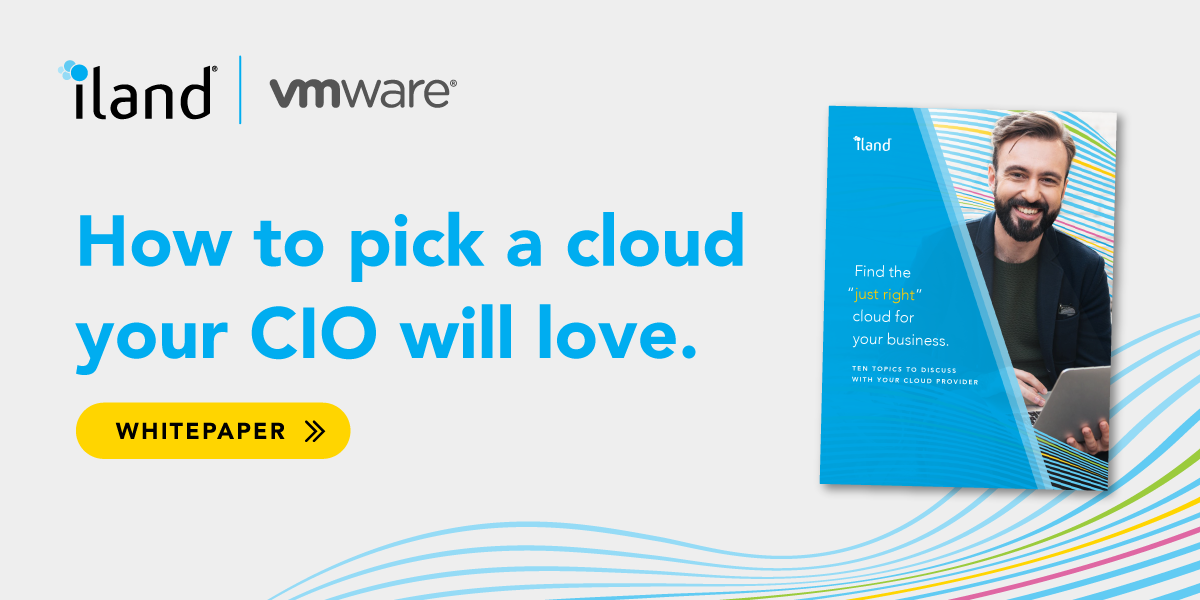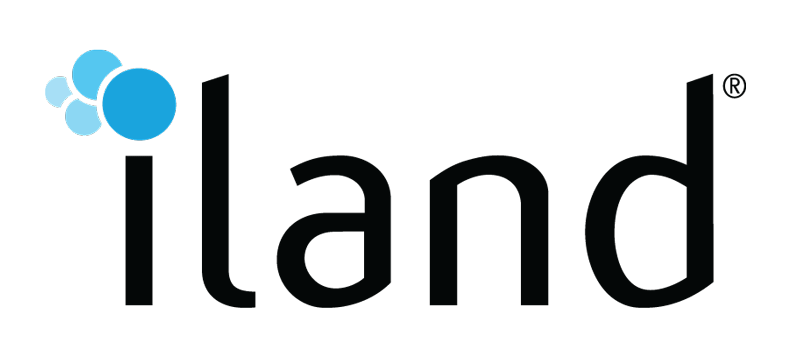We've had many discussions providing guidance to our customers on the best approach for facilitating a work from home strategy and, based on some of those discussions, we produced a number of assets to help any company faced with the dilemma of how to best provision workspaces remotely for their employees. You can find them all here: https://www.liquidware.com/solutions/desktop-disaster-recovery/wfh
One area that we have been most proactive in is developing our Stratusphere UX monitoring and diagnostics solution. As always with Liquidware, we have introduced some industry-first "must-have" features that have enabled organizations to ensure not only user experience is maintained, but also productivity. Stratusphere UX provides unprecedented visibility in three key areas for a work from home scenario: 1. Are you users connected; 2. Are they operational; and 3. Are they productive?
The latest version of Stratusphere UX that shipped in July - version 6.1.5 - provides key "First Mile" metrics, such as an expanded set of Wi-Fi metrics for troubleshooting a user's home connection. These metrics include access point signal strength, access point distance and connection speed, as well as support for mesh networks. The pandemic forced organizations to rapidly launch work from home options and these metrics are now highlighted in the Advanced Inspectors, Dashboards and SpotChecks within Stratusphere UX to identify these first mile performance issues more easily. Organizations are now assured that the technologies their workers rely upon are responsive and support work from home seamlessly. In turn this reduces IT support overheads and increases user productivity.
Another unique feature in Stratusphere UX is Process Optimization. This feature allows users to raise or lower the priority of applications and processes. With expanded metrics showing the actions of Process Optimization, administrators can now easily terminate or adjust noisy applications or "bad actors," therefore further optimizing and securing the user experience. Memory savings are also shown as Process Optimization tracks idle processes and reclaims unused memory, reflecting hard dollar savings. For one customer, it enabled them to increase their PC refresh cycle from four to five years purely from the efficiency derived from Stratusphere UX Process Optimization.
These new features were extremely well received by our customers and, in fact, accelerated a very large call center order that under normal circumstances would have taken months to close. However, as these features proved critical to this particular customer to maintain user productivity in a work from home environment, the customer placed the order within a matter of a few weeks!
We've also not been idle with our user environment management and application layering solutions, ProfileUnity and FlexApp. We released version 6.8.3 earlier this year and in June issued r2. A quick summary of the new features in both products is below:
- Seamless FlexApp compatibility with FSLogix
- Enhanced Windows 10 Multi-session OS support (WVD)
- FlexApp speed improvements on launch from cloud
- New Microsoft App-V and MSIX "Convert-to-FlexApp" features
- Security hardening (client)
- r2
- VHDX support for FlexApp and ProfileDisk
- Bug fixes, FlexApp, File Extensions, etc.
- Updated FlexApp filter driver for speed and compatibility
- Hourly billing for AWS
- FlexApp and base image runtime installer tool for C++ runtimes and .NET frameworks
In speaking with a customer that recently deployed our adaptive workspace management solutions for his AWS WorkSpaces environment, it was encouraging to hear how Liquidware is an integral part of his management stack. Specifically, he noted that, "Stratusphere UX provides a great deal of information and gives us enterprise-grade troubleshooting and monitoring." In respect of FlexApp, he likes the ability to change an app footprint on each AWS WorkSpaces without impacting the users - "to push out an app across a broad group and deliver across multiple end-points, FlexApp is an amazing solution." You can read the full case study here: https://www.liquidware.com/content/pdf/documents/customers/Liquidware-Customer-Naviga.pdf
While we're not sponsoring the virtual VMworld this year, we are at many of the industry virtual events and we're always on social media, conference platforms and just a phone call away if you need us, stay safe and well!
##
About the Author

Jason Mattox is well-known in the virtualization community for his world-class knowledge and leadership in end user computing. In his role as CTO, Jason actively drives product development and product roadmaps for the company.













